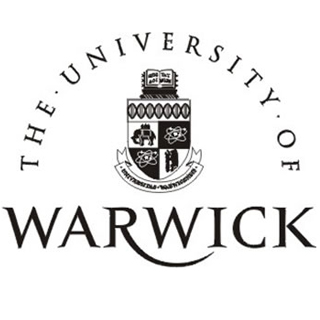
A ground-breaking creation by the University of Warwick and University Hospitals Coventry and Warwickshire (UHCW) that can precisely gauge patients for hip replacements for the first time may save the NHS thousands of pounds and enhance effectiveness for orthopaedic surgeons all over the world. KingMark, crafted by UHCW orthopaedic surgeon, Richard King in partnership with Professor Damian Griffin at the University’s Warwick Medical School, appears to deliver a non-intrusive, dependable technique of computing radiographic hip magnification.
The invention apparently comprises of a simple kit for measurement and includes a pad with an integrated measurement system which is positioned face down. The patients are said to lie with their hips on the pad, a string of five connected accuracy balls are placed on the patients’ abdomen. The anterior (ball) and posterior measurements from the radiograph are supposedly keyed in and computed and a correct value for magnification is then produced.
Professor of Trauma and Orthopaedic Surgery at Warwick Medical School, Professor Damian Griffin, commented, “KingMark has removed all of the uncertainty about scaling digital radiographs for hip replacement. Our radiographers find it easy to use, and I can be confident that the measurements I make on scaled radiographs are correct. It is now unusual for my pre-operative templating not to be exactly right.â€
Orthopaedic surgeon at UHCW, Steve Krikler, remarked, “Since changing to KingMark system, I have found the acetabular cup size to be very accurately predicted from the template, and the femoral size is also much more accurately predicted. I am now much more confident in choosing the stem offset and other parameters which are within my control, I always template my arthroplasties in TraumaCad and I will only accept pre-operative images which include KingMark.â€
This new method which may be much less intrusive for patients as opposed to the present techniques of measurement could be more precise and especially helpful in gauging bigger patients.
Additional dependable measurement may result in much less wastage and more effectiveness and time savings for orthopaedic surgeons. The invention could also have the capability for spinal work and trauma implants in addition to other joint replacement operations and any surgery where magnification problems are present.
